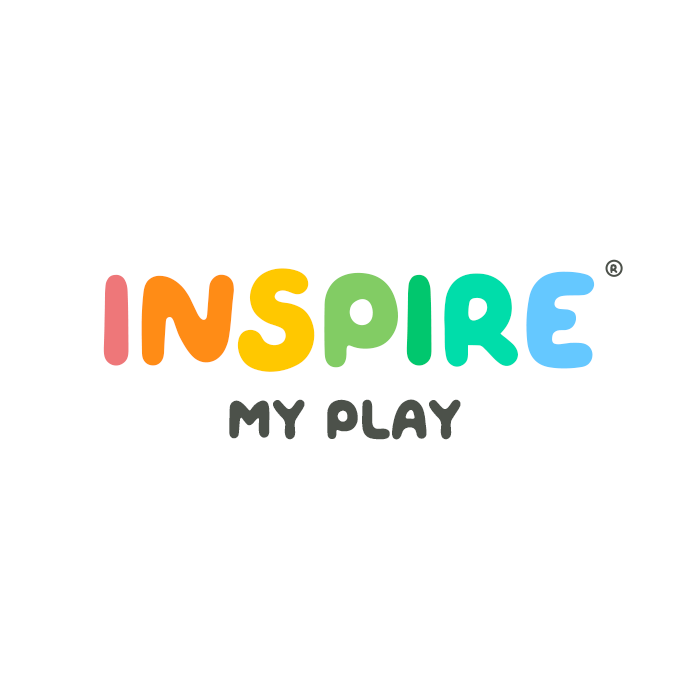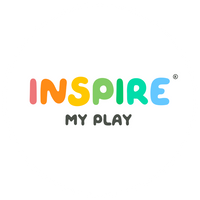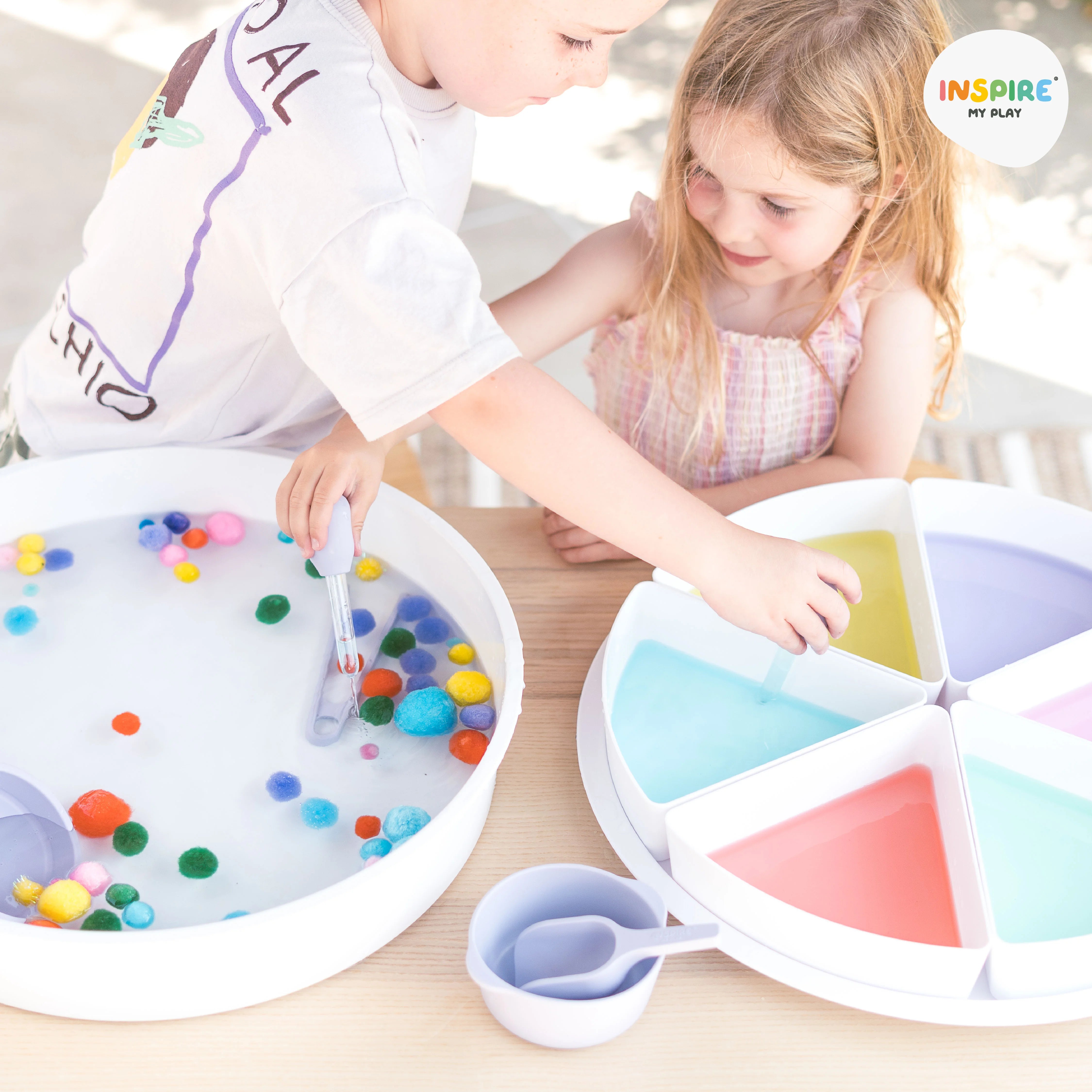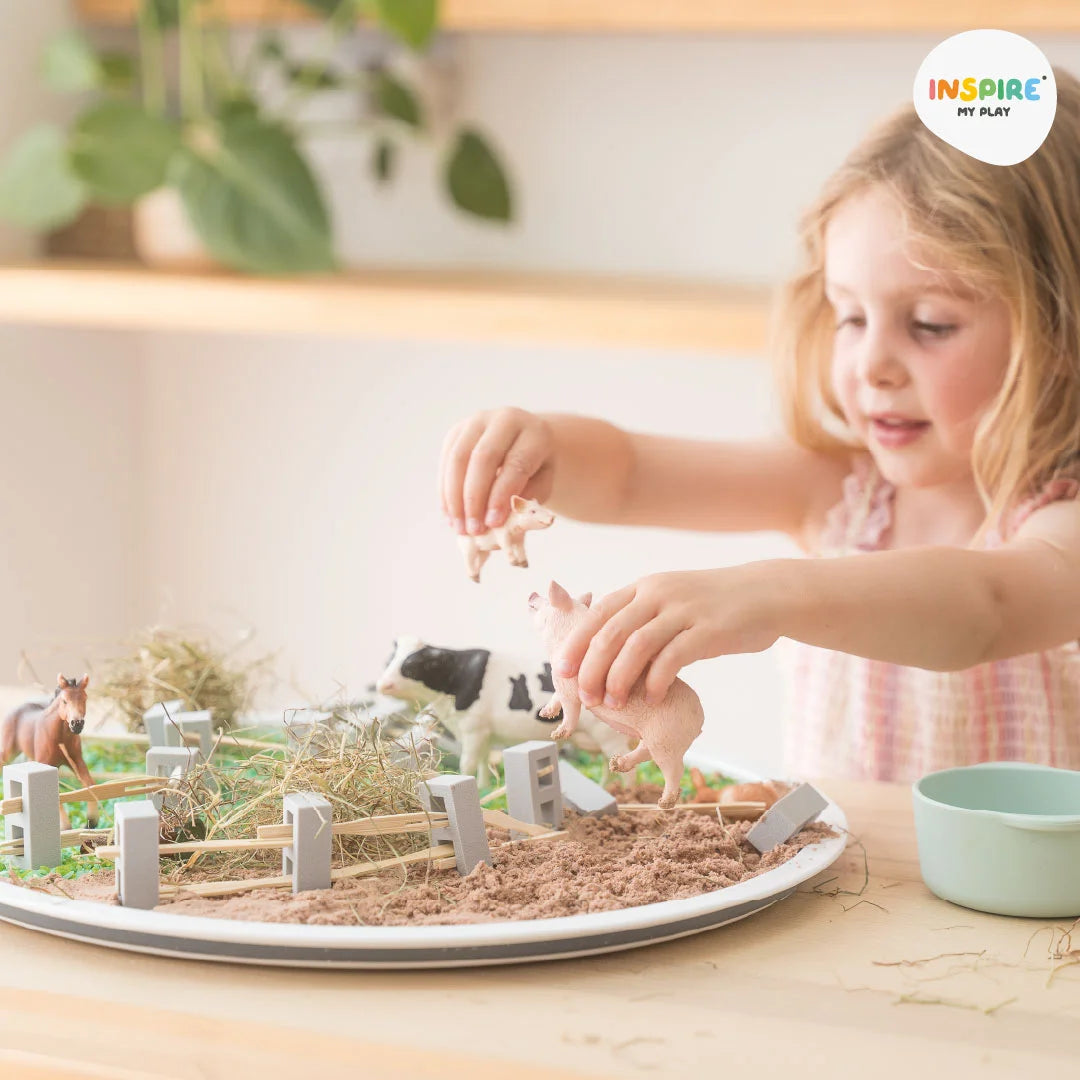The 7 Amazing Benefits of Sensory Play for Children
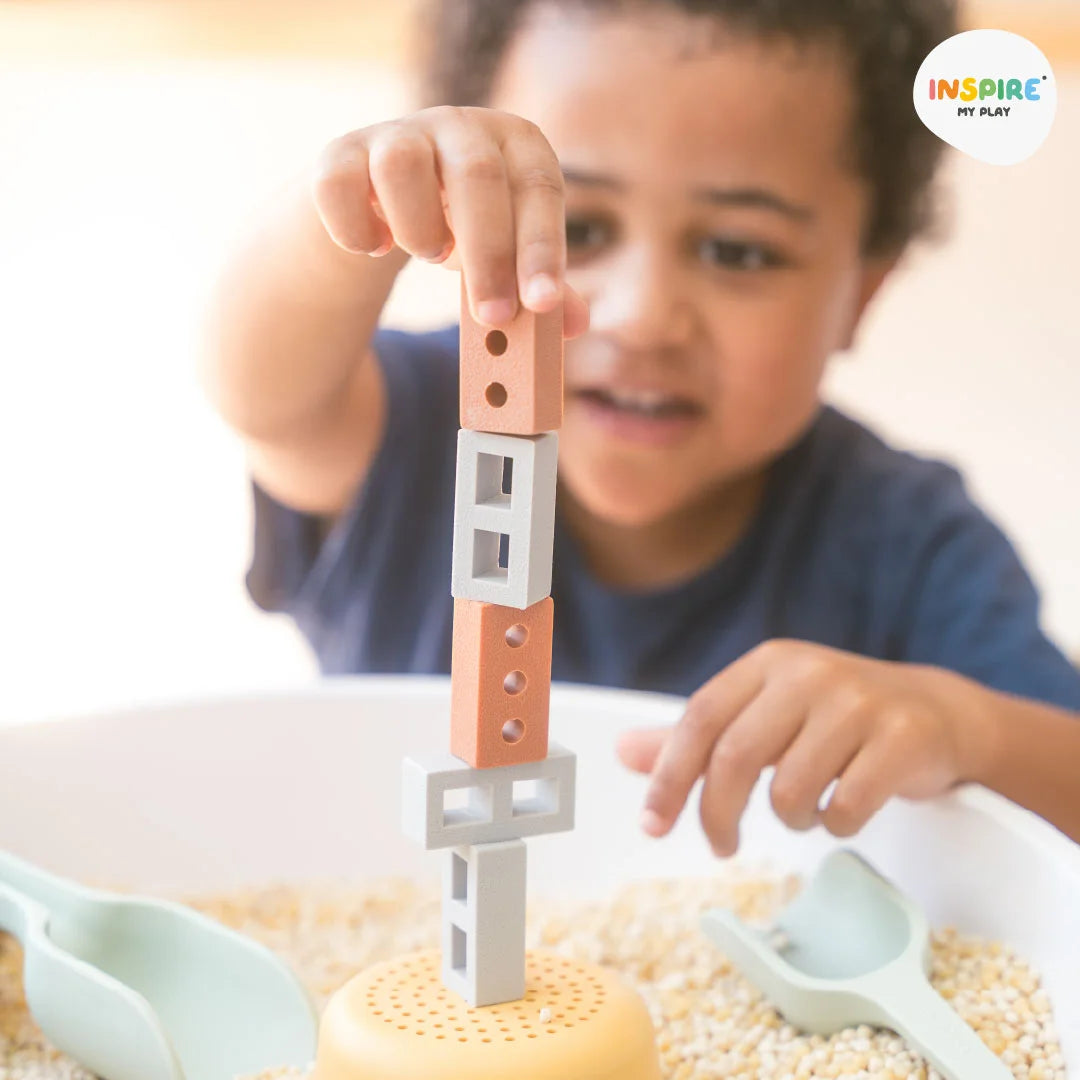

Louise @inspiremyplay
Part of the @InspireMyPlay team. Sensory play specialist and mum to two boys.
At Inspire My Play, we’re parents who are passionate about sensory and creative play. It’s one of the most powerful (and enjoyable) ways to support your child’s development from birth through the early years and beyond.
Sensory Play provides proven benefits for children, including:
- Brain Development & Neural Connections
- Supporting Language and Communication
- A Boost for Fine and Gross Motor Skills
- Problem-Solving and Critical Thinking
- Fostering Social and Emotional Development
- Inspiring Creativity and Imagination
-
Sensory Awareness
When our children run their hands through sensory rice, squish playdough through their fingers, or build towers even taller than they can stand, they’re doing more than just having fun — they’re building vital neural connections, developing essential physical and cognitive abilities, and learning to express themselves and regulate their emotions. And as parents, it’s incredible to witness.
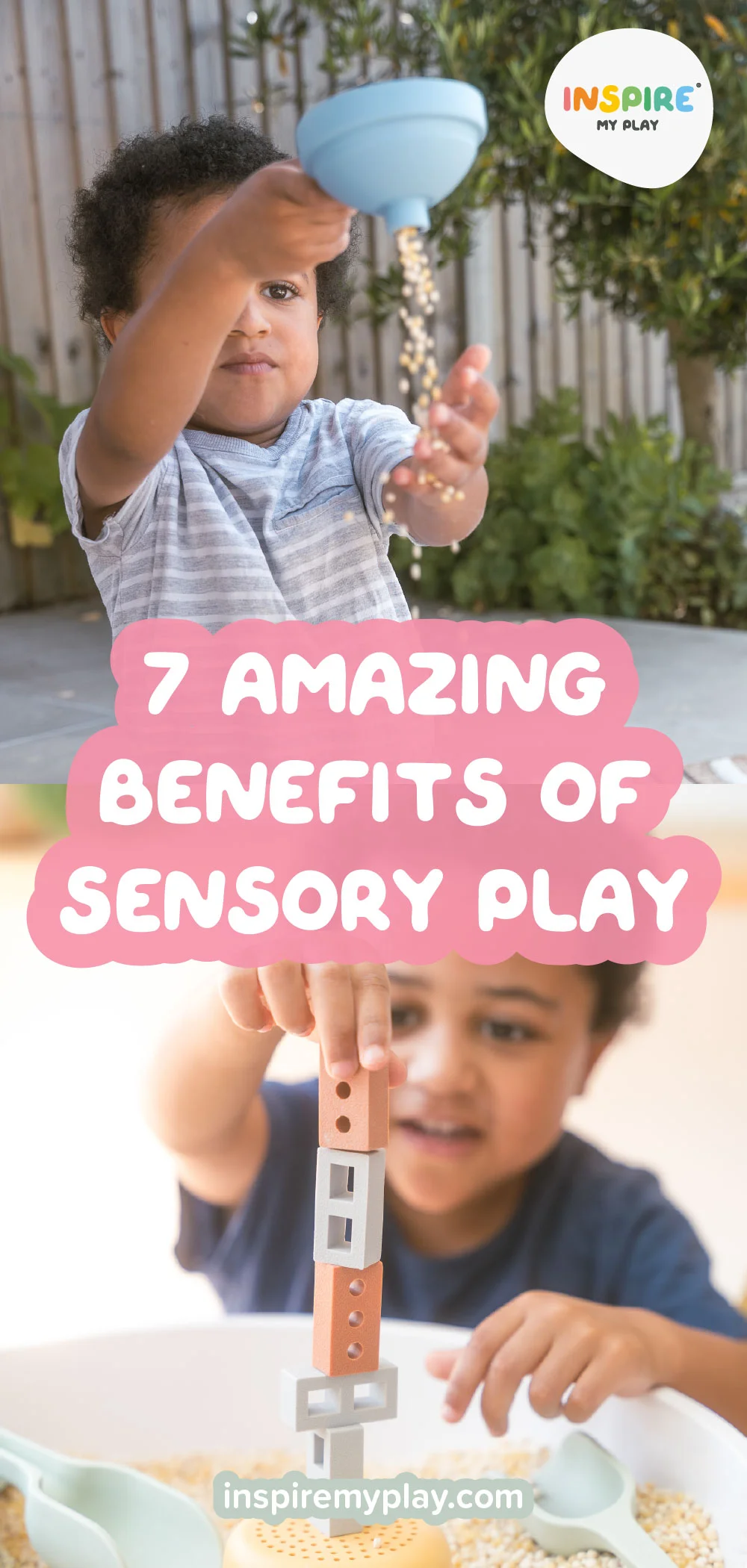
Let’s dive into the seven benefits of sensory play in more detail…
1. Brain Development & Neural Connections
When children explore multiple senses at once it’s like a workout for their brain, strengthening their ability to complete complex learning tasks while enhancing their memory and focus.
Simple activities like exploring different textured fabrics, playing with pebbles and sand, or sorting pom-poms activate multiple connections, strengthening neural pathways.
It’s like a daily workout for the brain, but way more fun!
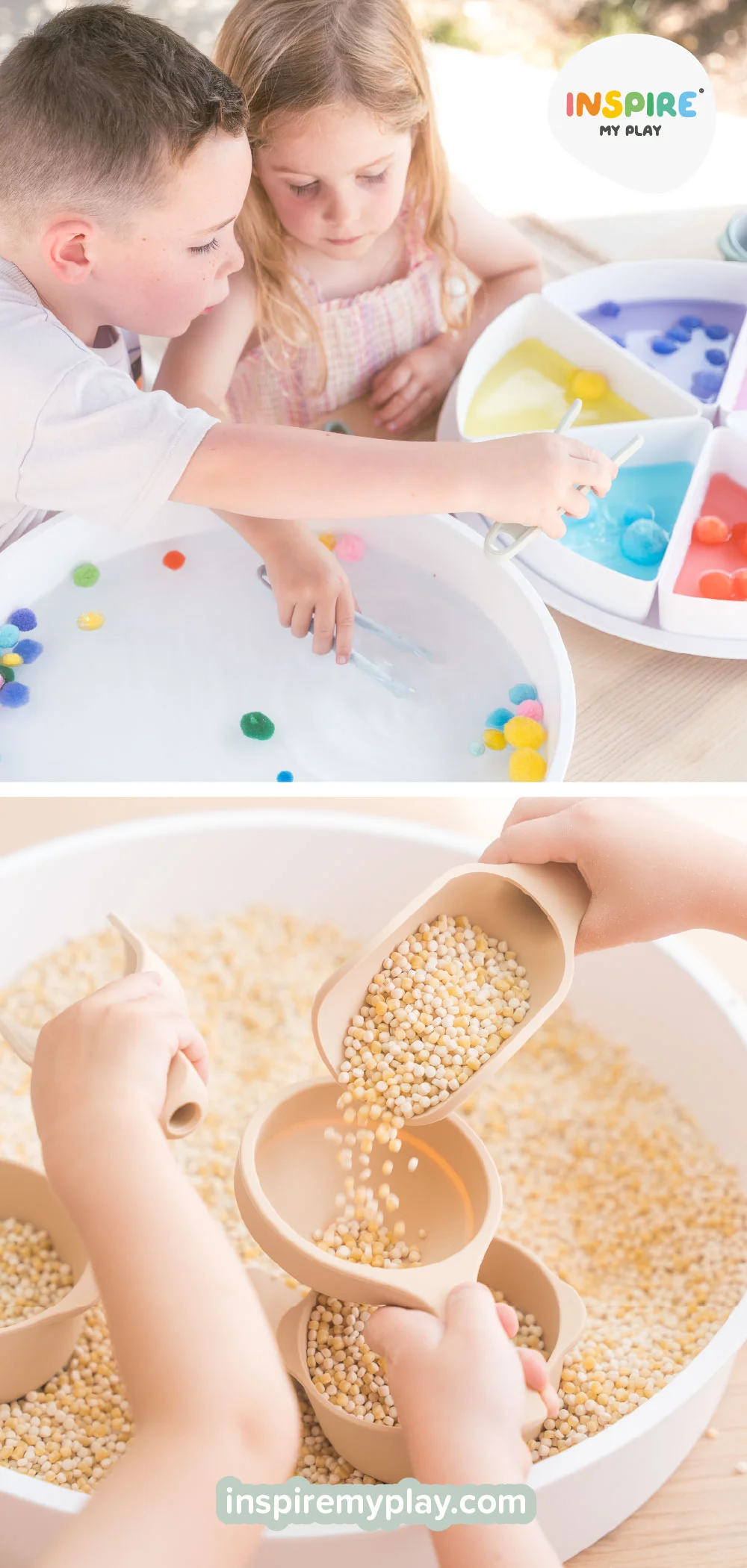
2. Supporting Language and Communication
Sensory play is a simple and wonderful way to develop your child’s vocabulary.
Long before our children actually speak they’re silently making connections and categorising information in their brain. And we can help this development by providing simple commentary. By talking to our children about what we can see, hear or feel while they’re engaging in sensory play builds their communication and listening skills. Little statements like “your foil blanket is scrunchy,” or “the bee is buzzing,” followed by a pause, allows them to process your words, make connections and categorise them in their amazing little mind.
As your child builds their vocabulary they may for example drop a handful of pebbles into their PlayTRAY and say “noise.” You can then expand on this by saying: “Yes, pebbles make a loud noise when you drop them. I wonder what noise they make if I put them down gently?”
Older children can further develop their vocabulary through role play. Whether they're selling cloud dough ice creams or running a farm made of multiple dry sensory bases, using playful language helps them interact with others, practice new words and understand context in a fun, stress-free environment.
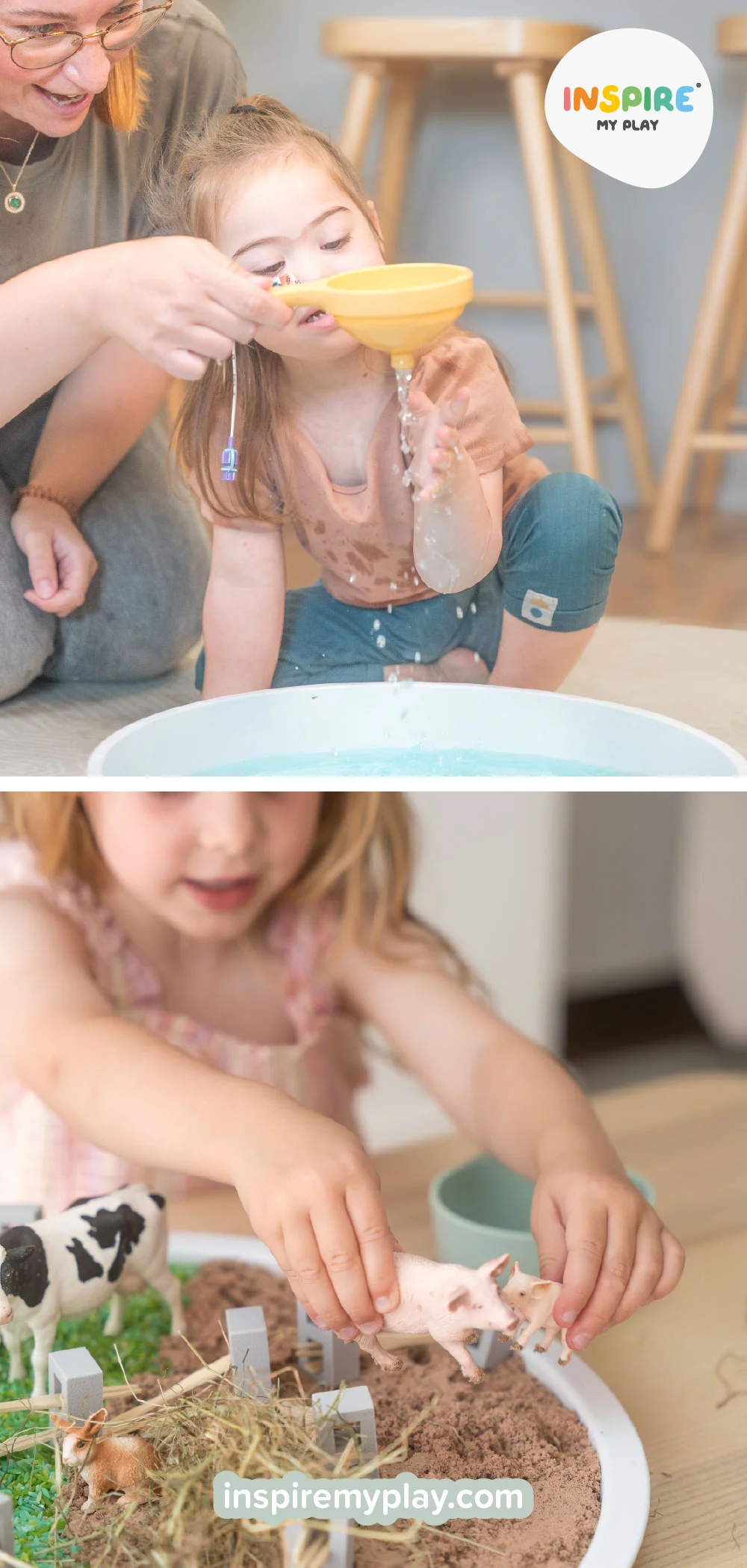
3. A Boost for Fine and Gross Motor Skills
From the tiny muscles needed for writing (fine motor skills) to the larger ones used for running and climbing (gross motor skills), sensory play helps children strengthen their bodies in so many ways.
Simple activities like pouring and scooping chickpeas (our Mini Scoop Set is great for this), squeezing playdough, or picking up small objects with tongs enhance children’s fine motor skills. These fun actions strengthen the muscles that are needed for writing, playing instruments, or even tying up their shoelaces!
Gross motor skills get a workout when children stand, stretch, and reach to transfer materials from one container to another, or when they actively mix large batches of messy play materials like mud or water. The simple act of engaging with sensory play provides a fun, active way to develop their large muscle groups and spatial awareness.
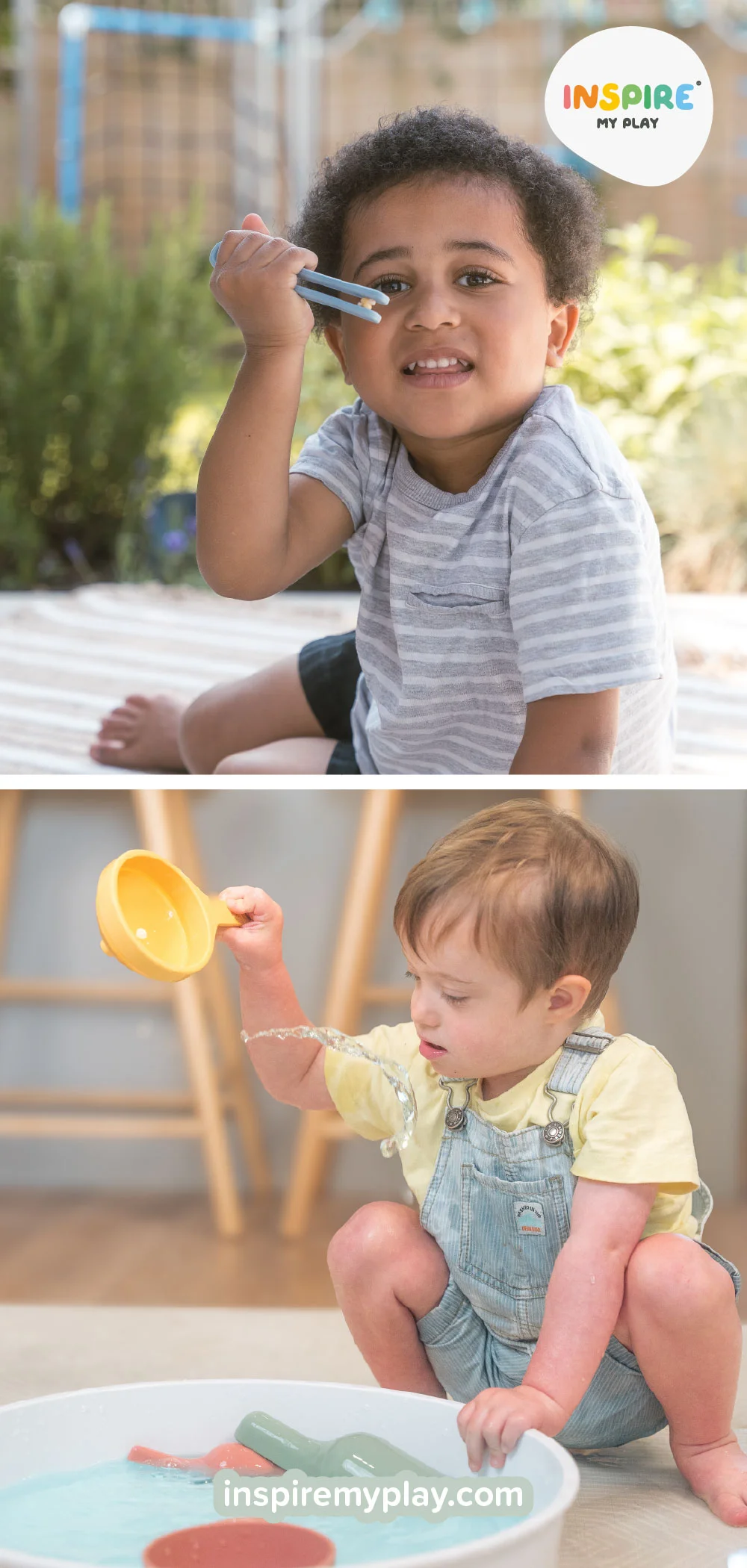
4. Problem-Solving and Critical Thinking
Just as a scientist spends a career in a lab exploring and testing new ideas, sensory play is our children’s own laboratory. And their most valuable piece of equipment is the freedom to explore, experiment, and test — with or without a lab coat!
Whether they're building a sandcastle that stands tall, or seeing at which point their tower will topple, these moments are packed with critical thinking, reasoning, and problem-solving.
Providing age-appropriate materials like blocks, shells, and recycling, or simply laying out separate ingredients like sand, shaving foam, and bricks, and letting your child work out how to build structures is the perfect place to start.
Our job as parents is to be their inquisitive lab assistant, asking open-ended questions like: "I wonder what might happen if..." now and again to spark new curiosity and deeper thinking. This problem-solving sensory play will naturally help children learn cause and effect, build memory by recalling lived experience, and improve concentration
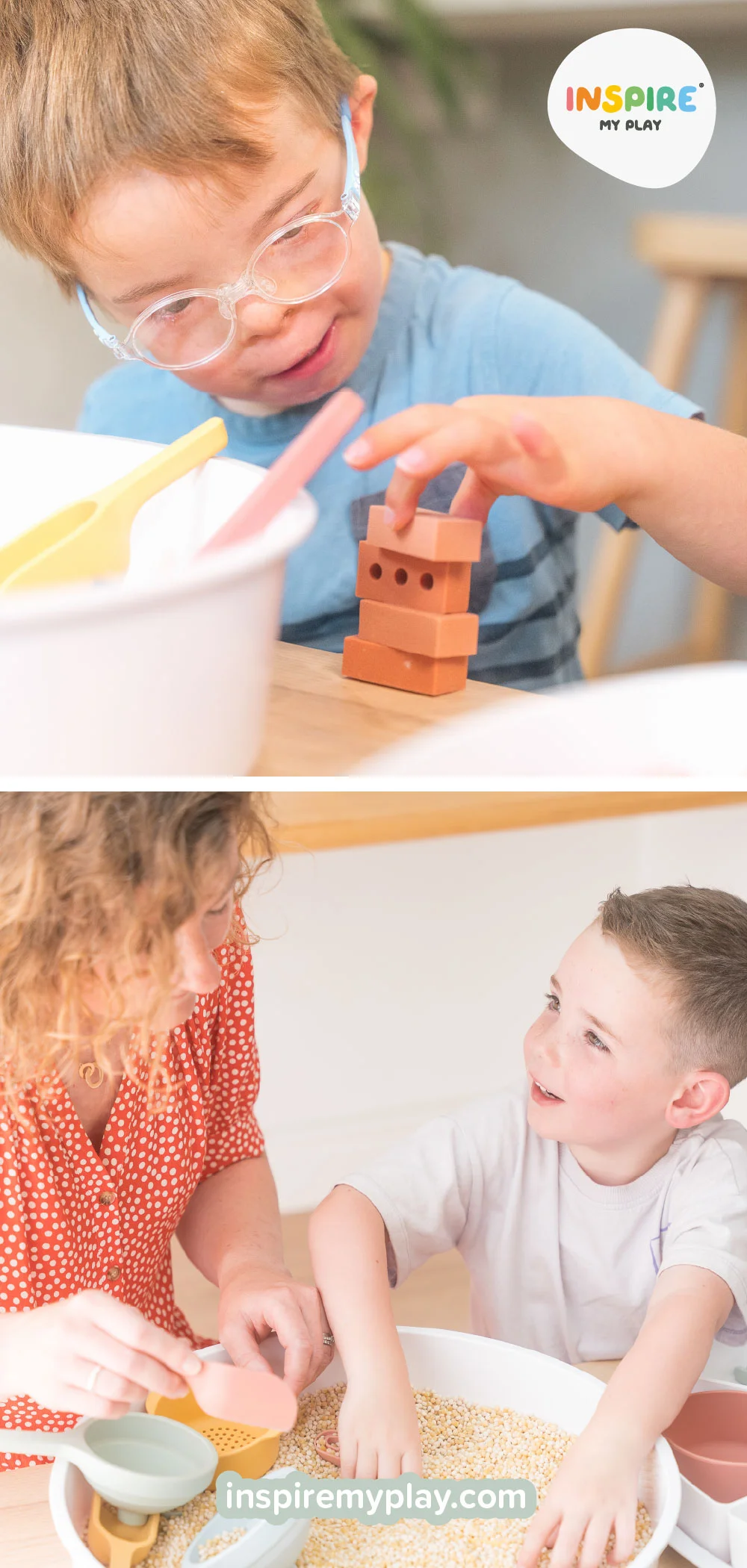
5. Fostering Social and Emotional Development
In my previous blog, The Surprising Benefits of Sensory Play for Parents I explore the calming, therapeutic effect of sensory play.
The repetitiveness of simple actions like rolling and kneading out playdough, or swirling water in a PlayTRAY, can really help children relax and regulate their emotions.
But sensory play is more than just calming. In a sibling or peer group, sensory play also gently supports turn-taking, sharing, and cooperation, laying the foundations for strong social skills in the future. These are skills that need to be modelled, practiced and learned over time. Once mastered, these skills can help children manage their emotions and even reduce feelings of anxiety and restlessness long after playtime has ended — all from the most simple versions of sensory play! So how can you nurture social and emotional development? Set up a shared sensory station where siblings or friends can play together. The PlayTRAY is perfect for this thanks to its two generously sized trays, which create a safe play space for multiple children to share resources and, more importantly, have fun!
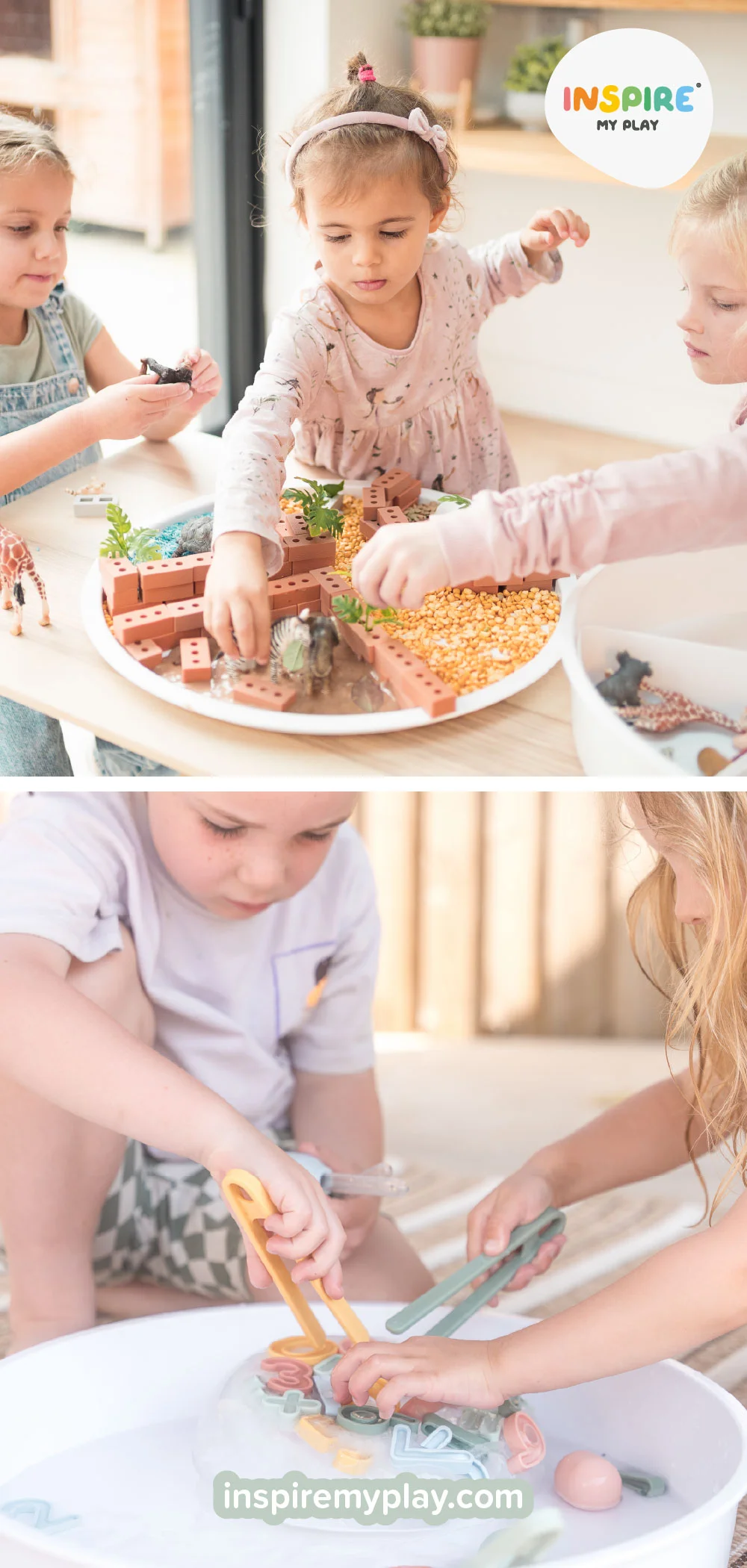
6. Inspiring Creativity and Imagination
The magic of open-ended sensory play is that it allows children to express themselves through hands-on activities and imaginative scenarios.
That bowl of rice that acted as a beach to discover seashells yesterday could be a field for sheep today, and tomorrow, a pile of grit being funnelled onto the back of a toy truck.
By providing the simplest of materials, children can express their ideas, invent new worlds, and explore real-life experiences. And the amazing bit? The brain overlaps these ideas in a snowball fashion. With every notion that's developed, new ideas are constantly forming, making their busy little minds a haven of creativity, all while they're having the best time!
To support this imaginative play, try adding simple props like little toy people, creatures, vehicles, and trees. These simple additions instantly inspire rich storytelling, and they can be easily cleaned too!
Collecting natural materials like rocks, shells, and twigs, or crafty items like pipe cleaners and lolly sticks can be reinvented time after time, providing fresh inspiration for storytelling and the creation of entirely new worlds with every play session.
If you need a little creative spark, our Sensory Play Activity Cards are a great way to inspire new play setups and themes. Packed with ideas, they encourage open-ended exploration, and feature materials and tools you likely already have at home — so you can dive straight into the fun!
Just like in the science lab, take a back seat when you feel the moment is right. By letting your child take the lead and accepting a role where you simply respond and take direction, you're allowing their imagination to truly flourish.
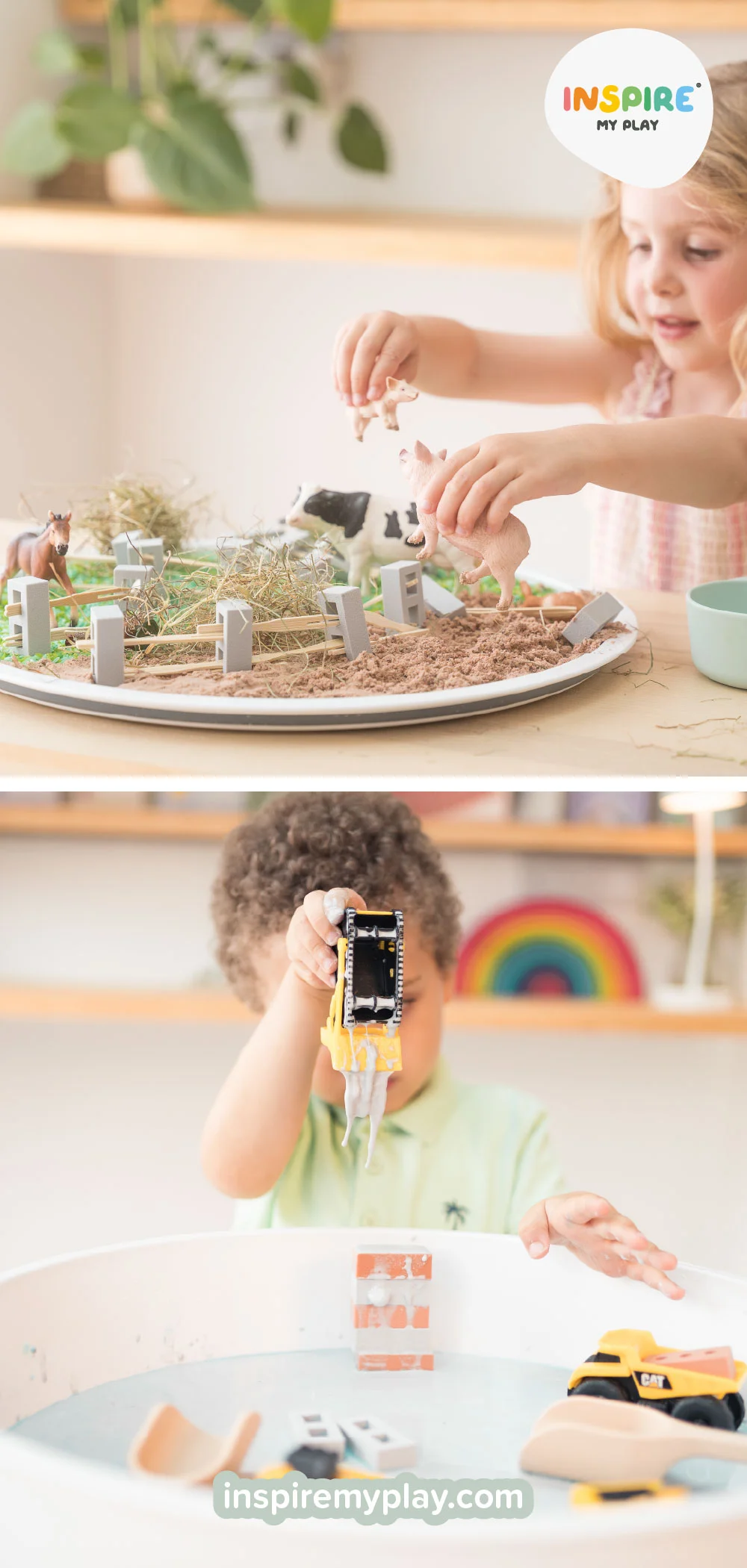
7. Sensory Awareness
The senses act as a gateway for children who are new to exploring their world. We're all familiar with the baby who puts everything in their mouth, the toddler who constantly takes off their socks, or the child who climbs on everything but the floor.
Sensory play channels this natural curiosity, allowing children to explore new textures, sounds, sights, smells, and proprioception (an awareness of where their body is in space) within a boundary that you can decide on and manage. It might seem like just play, but understanding their environment through their senses builds a strong foundation for learning.
As with Brain Development & Neural Connections, engaging in activities that combine multiple senses at once is an easy way to enhance a child’s sensory awareness. Think about mixing playdough with a scent, splashing water to music, or sinking items into mystery water and watching them disappear. All of these activities are wonderfully fun ways for children to actively engage multiple senses at the same time.
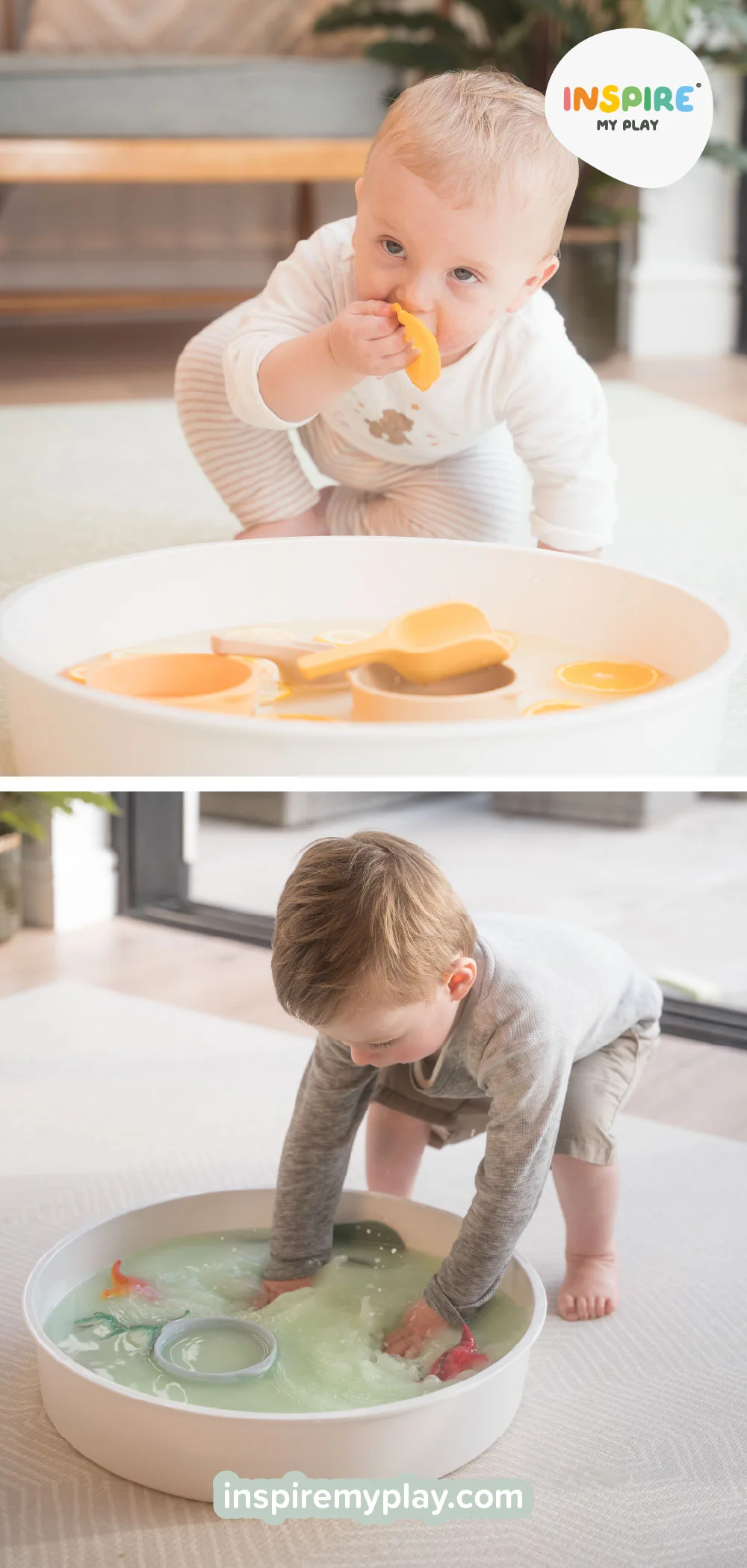
I hope this blog has shown you why sensory play is so much more than just play, and that it inspires you to give some of these simple ideas a try!
If you feel overwhelmed or don't know how to start introducing sensory play at home, we're here to help. Sign up for our newsletter today to instantly receive your free "Getting Started with Sensory Play" E-Book.
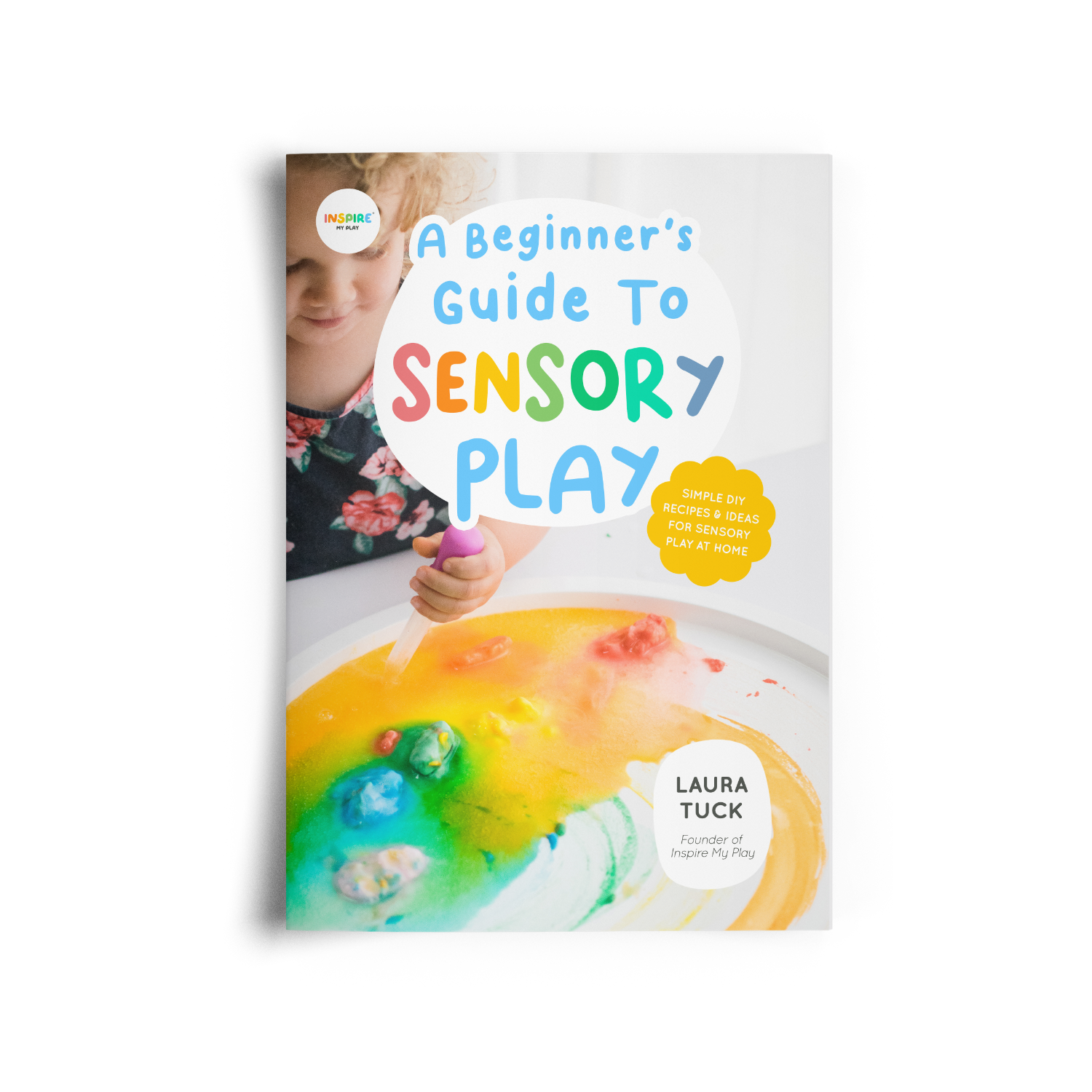
For more simple DIY recipes & ideas for sensory and creative play at home, sign up to our newsletter to receive your Beginner's Guide to Sensory Play. You'll also get 10% off your first order!
We also offer beautiful free printables for you to download, making every scoop, squish, and splash even more magical.
Happy playing!
